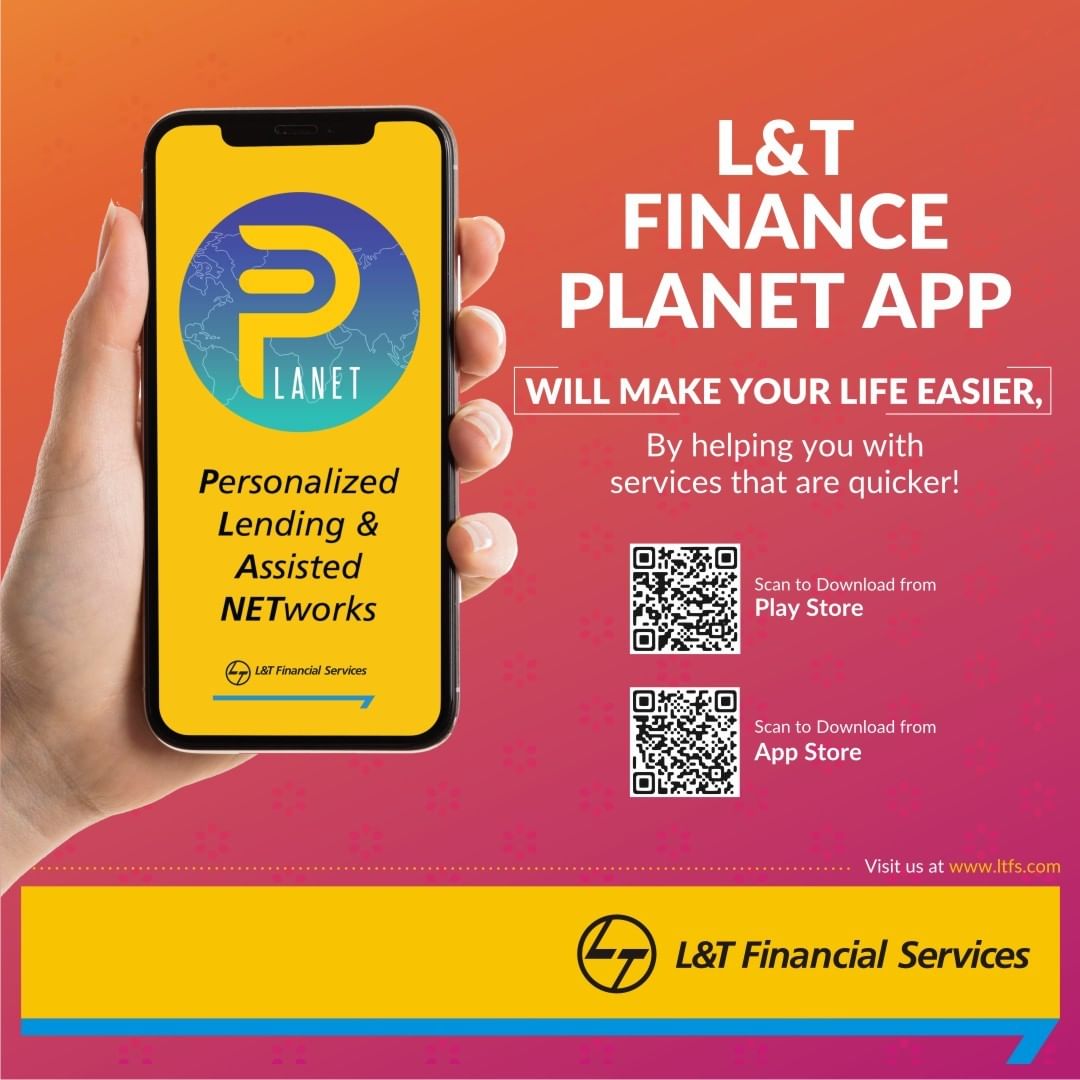If you are a mutual fund investor or planning to start with it, you’ll definitely want to make money from your investments. After all, investing does not only revolve around selecting the right funds, but also analyzing and tracking their performance to ensure they are on track to fulfill your financial goals. So, what tips must you consider to track mutual funds performance, and what is the importance of tracking mutual fund performance? Let’s find out.

Tracking Mutual Fund Performance: Importance
Whether you’re planning to invest in a new mutual fund or SIP investments, you must learn the importance of tracking mutual fund performance.
Better data-driven decisions
Investors often get attracted to emotions when making their decisions to invest in SIP. However, completely depending on misguided suggestions from friends or gut feelings hardly leads to financial success. Hence, analyzing mutual fund performance must be supported by logical reasoning and data. This is how investors can make better and more rational decisions.
Easier risk management
Mutual funds are heavily affected by market forces, so while tracking a fund, it is crucial to not only focus on your returns but also the risks. Each investor comes with a specific risk tolerance, and moving below or above the deadline is suboptimal. Therefore, by analyzing risk as per your returns, using metrics such as beta, standard deviation, and the Sharpe ratio can help you identify if the risk profile of a fund aligns with its comfort level.
Catch underperforming funds
With an increasing number of AMCs providing unlimited mutual fund schemes, investors must be able to identify the best-performing ones and filter out the underperforming ones. This can only be done by comparing schemes with their category averages and benchmarks.
Aligning the objectives of mutual funds with your financial goals
When you start investing in a mutual fund, you must ensure to open a Demat Account, and monitor whether the objectives of that particular mutual fund align with your financial goals. However, this may fluctuate over time as your financial goals keep changing.
Tips To Track Mutual Fund Performance
Some key factors that you must implement while analyzing mutual fund performance include the following:
1.Benchmark comparison
The goal of active management is to bring down benchmark returns. For instance, if you are investing in an equity fund, you will hope that the fund manager might help you achieve better returns as compared to the Nifty 50 benchmark. This is done via a metric called alpha, which represents the difference between the actual returns of a fund and the returns of the benchmark. Hence, to offer you a clear picture of the performance of the fund, alpha is adjusted according to the risk. When the alpha is positive, it represents that the fund performed its benchmark, optimizing it as per the risk, and vice versa.
2.Historical returns
You must always check a fund’s performance over a particular period. This is so because a lender or timeframe outlines the structure of the fund’s consistency along with risk-adjusted returns. CAGR is a popular metric used by several investors that offers an average annual growth rate of a particular investment over a certain time.
Conclusion
To execute an in-depth mutual fund analysis, you must consider two major things: the fund’s qualitative aspects, which include acknowledging the expertise of the fund manager, the reputation of the AMC, the philosophy of investment, and the risk management strategies of the fund. Secondly, the quantitative aspects include returns, expense ratio, portfolio turnover, and alpha. However, it is essential to stay well-versed in your specific financial goals, situations, and tolerance while investing.








